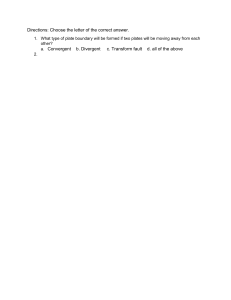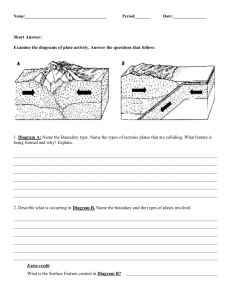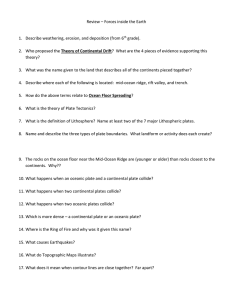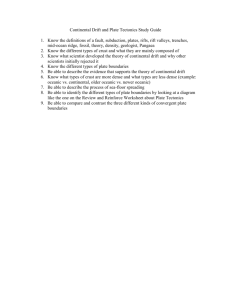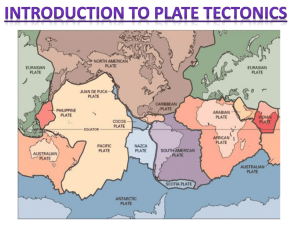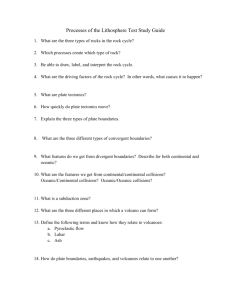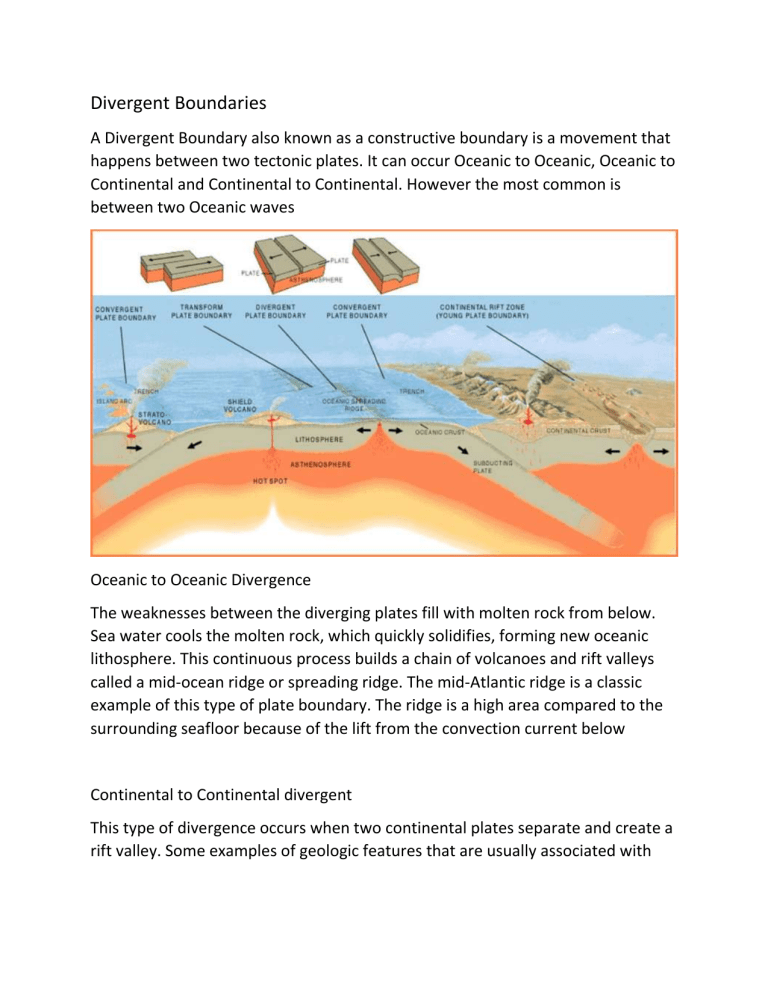
Divergent Boundaries A Divergent Boundary also known as a constructive boundary is a movement that happens between two tectonic plates. It can occur Oceanic to Oceanic, Oceanic to Continental and Continental to Continental. However the most common is between two Oceanic waves Oceanic to Oceanic Divergence The weaknesses between the diverging plates fill with molten rock from below. Sea water cools the molten rock, which quickly solidifies, forming new oceanic lithosphere. This continuous process builds a chain of volcanoes and rift valleys called a mid-ocean ridge or spreading ridge. The mid-Atlantic ridge is a classic example of this type of plate boundary. The ridge is a high area compared to the surrounding seafloor because of the lift from the convection current below Continental to Continental divergent This type of divergence occurs when two continental plates separate and create a rift valley. Some examples of geologic features that are usually associated with our plate boundary divergent: continental to continental, are faults, earthquakes, mountains, and trenches. These geologic features are made when the two plate pull apart and start to create faults that develop on both sides of the rift Convergent Boundaries They are two plates which shifbt and collide into each other. It causes earthquakes ad volcaninc eruptions. The impact of the colliding plates can cause the edges of one or both plates to buckle up into a mountain ranges or one of the plates may bend down into a deep seafloor trench When continental and oceanic plates collide, the denser oceanic plate is overridden by the less dense continental plate, leading to subduction. As the oceanic plate descends into the mantle, it undergoes partial melting at around 100 miles (160 km) depth, forming buoyant magma chambers. These chambers ascend through the mantle, causing melting and fracturing. The size and depth of these magma chambers can be assessed through earthquake mapping. If a magma chamber reaches the surface without solidifying, it can lead to a volcanic eruption. Tranform Plate Boundary A transform boundary occurs when two tectonic plates move past one another. Shear stress operates at transform boundaries, which involves sliding motion. No lithosphere is destroyed or created, and mountain chains are not built at transform boundaries Transform plate boundaries are characterized by the horizontal movement of tectonic plates along strike-slip faults, causing frequent and powerful earthquakes as stress and friction accumulate and release. These boundaries leave their mark on the Earth's surface with distinct fault lines, changes in topography, and the creation of linear valleys or offset mountain ranges. They are not typically associated with volcanic activity, but they play a significant role in the Earth's tectonic system and the formation of oceanic fracture zones in underwater regions. Transform boundaries can interact with other types of plate boundaries, resulting in complex geological interactions and plate deformations. Additionally, these boundaries pose hazards in populated areas, as the seismic activity they generate can present risks to human communities and infrastructure.
